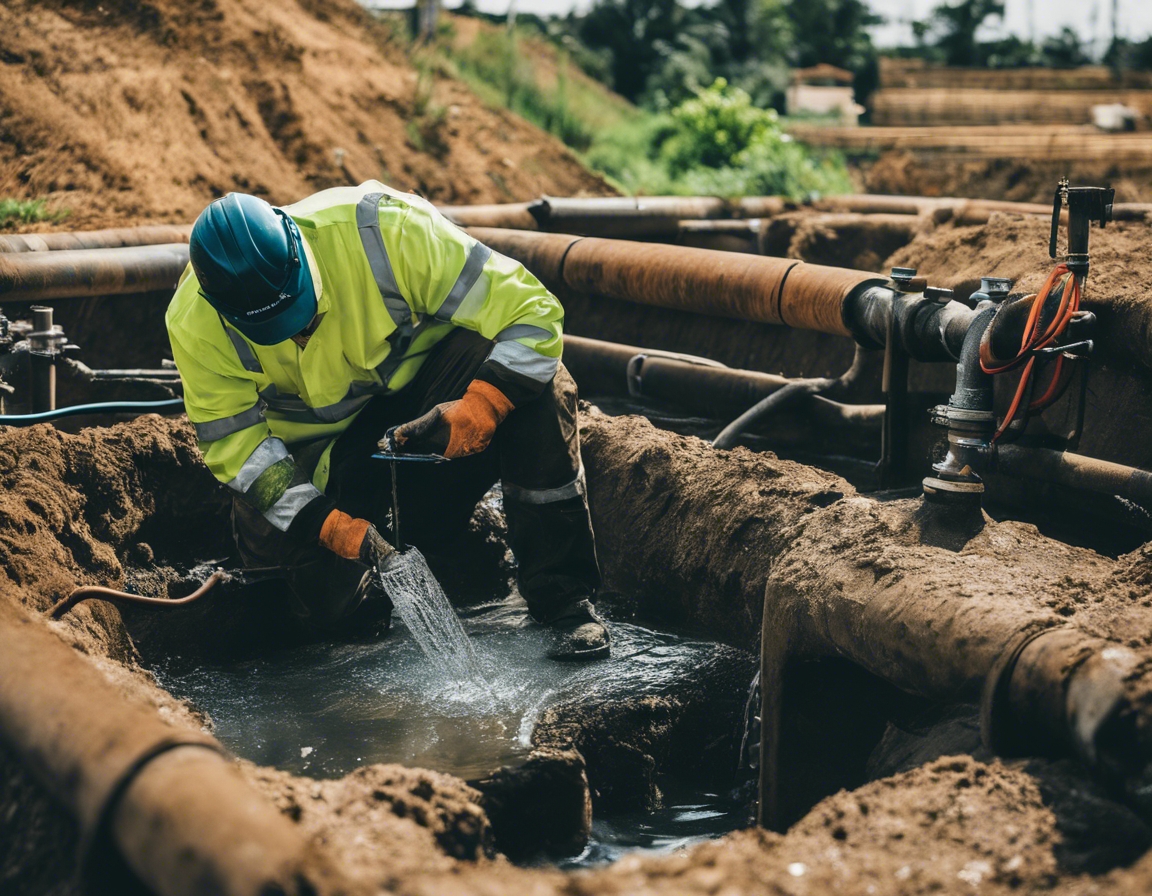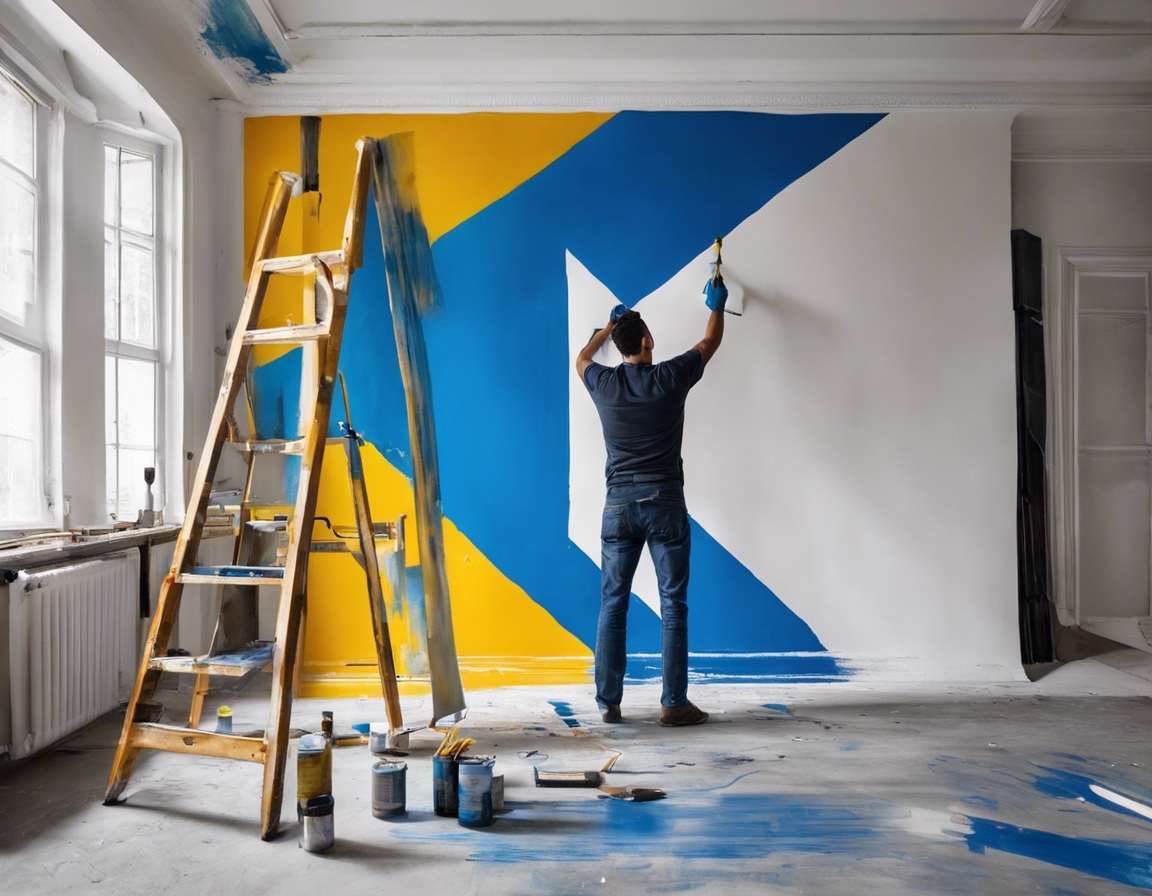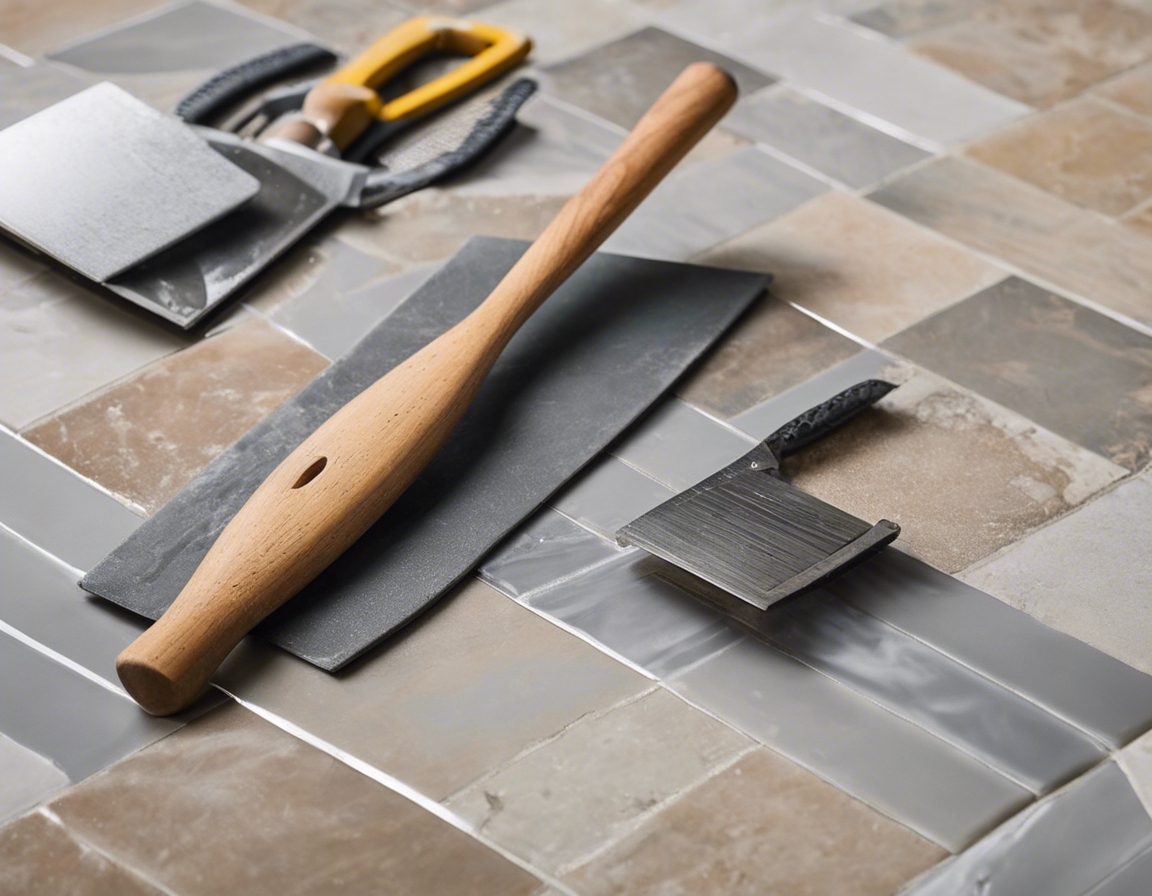The future of home: eco-friendly and stylish
As we step into a future where sustainability is no longer a choice but a necessity, the concept of home is evolving. The modern homeowner is not just looking for a place to reside; they seek a living space that aligns with their values of environmental responsibility, without compromising on style and comfort.
The Importance of Sustainable Living
Adopting an eco-friendly lifestyle helps reduce carbon footprints, conserve natural resources, and protect biodiversity. Sustainable homes are designed to minimize waste and pollution, creating a healthier planet for future generations.
Eco-friendly homes contribute to improved indoor air quality and natural lighting, which are crucial for the well-being of its inhabitants. Materials used in these homes are often non-toxic, reducing the risk of health issues related to harmful chemicals.
While the initial investment in an eco-friendly home may be higher, the long-term savings on energy bills and maintenance costs are significant. Additionally, the increasing demand for sustainable living spaces can lead to higher property values.
Key Features of Eco-Friendly and Stylish Homes
Energy-efficient appliances, LED lighting, and high-performance insulation are just the beginning. Homes are now designed to make the most of natural heating and cooling, reducing reliance on artificial climate control.
Incorporating solar panels, wind turbines, and geothermal systems, eco-friendly homes are not just reducing energy consumption but are often energy-positive, contributing back to the grid.
From bamboo flooring to recycled glass countertops, the materials in these homes are selected for their low environmental impact and durability.
Smart thermostats, energy monitors, and automated lighting systems help homeowners manage their energy use more effectively, leading to a more sustainable lifestyle.
By integrating natural elements into the home, such as plants, water features, and natural light, biophilic design promotes a connection to nature, enhancing mental health and overall happiness.
Integrating Style with Sustainability
The sleek lines and minimalist approach of modern design pair perfectly with the ethos of sustainability. Homeowners no longer have to choose between eco-friendliness and a stylish aesthetic.
Eco-friendly homes offer a variety of design options that allow for personalization while maintaining environmental integrity. From earth-toned color palettes to reclaimed wood accents, these homes can reflect the unique style of their owners.
Expansive patios, gardens, and green spaces are integral to eco-friendly homes, providing a seamless transition between indoor and outdoor living and further promoting a sustainable lifestyle.
Challenges and Considerations
There is a common misconception that eco-friendly homes are not as luxurious or comfortable as traditional homes. However, advancements in technology and design are proving this to be a myth.
Understanding the balance between upfront costs and future savings is essential for homeowners considering an eco-friendly home. Investments in sustainability often pay off in the long run through reduced utility bills and maintenance costs.
Navigating building codes and zoning laws can be challenging, but many governments offer incentives for sustainable building practices, making it easier for homeowners to make the eco-friendly choice.
Emerging Trends in Eco-Friendly Home Design
The tiny home movement and modular construction are gaining popularity as they offer affordability, flexibility, and a smaller environmental footprint.
Green roofs and living walls not only add beauty to a home but also contribute to insulation, air purification, and biodiversity.
Developments that focus on community living, shared spaces, and local food production are on the rise, fostering a sense of togetherness and shared responsibility for the environment.






Comments (0)